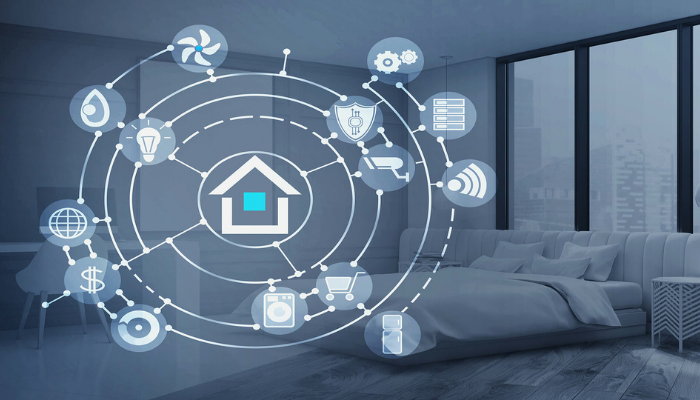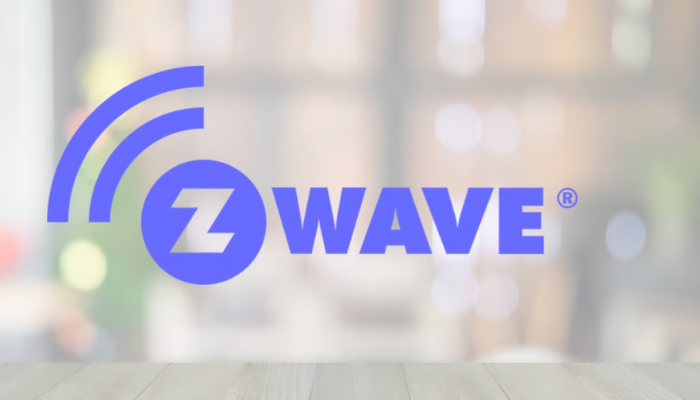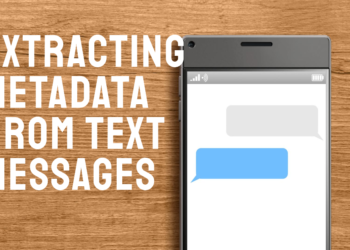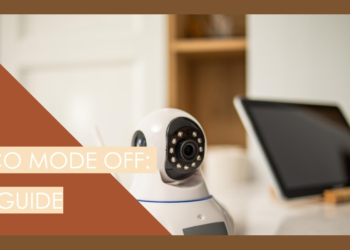Learn about Is Z-Wave Safe. Discover Z-Wave safety features, benefits, and how it powers smart home automation with reliable, low-energy communication, interoperability, and top-tier security protocols for modern living.
Introduction
Z-Wave is a wireless communication protocol specifically integrated into home automation devices and other IoT devices. It’s characterized by highly reliable, low power consumption, and interoperability features. This has made sure that Z-Wave tends to be a major pillar of modern smart homes. Below, we examine its technical specifications, applications, as well as benefits in detail.
What is Z-Wave?
Z-Wave is an advanced technique of wireless communication, particularly for automating smart homes. It enables communication between different devices for instance smart locks, thermostats, and lights within the home. Z-Wave is a low-energy radio frequency mesh network wherein all the devices work as a repeater to provide strong and stable communication.

Z-Wave offers the reliability, energy efficiency, and safety associated with the AES-128 encryption and S2 Security framework as the key reasons homeowners settle for the popular choice. It guarantees compatibility across many brands, and an open and flexible way of efficiently and securely managing a smart home would be more convenient.
The Basics of Z-Wave Technology
Z-Wave operates in such a way that it uses a mesh-type network topology. Each device acts as a signal repeater. As compared to Wi-Fi or Bluetooth, Z-Wave makes provisions for the use of low-energy radio waves on frequencies with no important interference, such as 908.42 MHz in the U.S. Thus ensuring communication between devices, up to 100 meters in the open air, is straightforward.
Is Z-Wave Safe?
Yes, Z-Wave is safe due to its strong security features. It works with AES-128 encryption, a standard bank used in an institution to ensure secure communication between devices.
It secures unauthorized access and cyber threats. The fact that only authenticated devices may link to any network is a closed-loop design. Further, Z-Wave low-energy radio waves are safe level emissions health risks associated with it- and, therefore, are an exceptionally safe and secure choice for any smart home.
Z-Wave Benefits
1. Power Usage
Z-Wave devices consume low power, hence increasing the lifetime of batteries powering Z-Wave-enabled smart devices. These devices thus allow energy-efficient consumption while eliminating replacement and maintenance intervals, making them environmentally viable for smart environments.
2. Simple Installation
Z-Wave allows for a seamless configuration of your smart home via wireless communication. It makes things easy and convenient-“installing devices isn’t rocket science, there’s no need to hire professionals or do extensive wiring,” so DIY enthusiasts can definitely get into this technology. Plugging modules into the wall socket makes it easy to use and plug and play.
3. Affordability
Z-Wave is a low-cost alternative for smart home automation. It has everything within the budget and also has very efficient features; thus, it will perform wonders without spending a hefty amount, making it a practical option that can be used by most people.
4. Interoperability
They are very interoperable with different manufacturers, defining an ecosystem of Z-Wave devices. It allows users to design their flexible and personalized smart home systems by bringing together various brands’ products to work properly.
5. Security
Z-Wave focuses on the security of transmission with sophisticated encryption protocols to protect the collected data. This guarantees that no access is granted and invades private lives, making it highly reliable in a secure smart home environment.
6. Energy Efficiency
All these features promote energy-efficient operations of all the devices. The optimally working devices help the end-user monitor energy consumption, thus saving much in power bills and promoting the sustenance of life.
7. Frequency Flexible
Z-Wave adapts to different regional frequency requirements to avoid signal congestion; thus, it provides a smooth operation globally, assuring continuous reliable communication even in denseness with other wireless devices in the area.
8. Less Interference
While other wireless technologies like Wi-Fi or Bluetooth might interfere with reception, Z-Wave is a dedicated frequency which means that it does not share its operation area with any other technology. Reliability and stability have been assured regardless of the high population of smart devices around it.
9. Range
Z-Wave meshes, so you would expect it to extend the range; indeed, every device acts as a repeater, and once the devices are in place, your network expands to full coverage for that big house or office.
How Does Z-Wave Work?
Z-wave transmits and receives low-energy radio waves in order to facilitate communication among smart devices at home. This process uses mesh network architecture with each device acting as a repeater to extend the range of transmission circling obstacles.
Z-wave utilizes its frequency for operation, reducing possibilities of interference; thus, performance is ensured. These devices communicate with either a central hub or a controller for a seamless realization of functions that include lighting, security, and other smart home tasks.
Reasons Z-Wave is Awesome
Interoperability
Z-Wave promotes flexible and seamless compatibility between different manufacturers’ devices, enabling users to build diverse smart home ecosystems. Its protocol is standardized to offer maximum flexibility and convenience when integrating new devices.
Easy Installation
Installation of Z-Wave devices is a breeze, requiring no tedious wiring or technical skills, making it accessible to everyone, including DIYers, and allowing fast and smooth smart home installations.
Low Power Consumption
Z-Wave uses little power, thus elongating battery life on a device and low energy consumption. It is eco-friendly because of this and still delivers incomparable performance.

Low Interference
Z-Wave operates on its own dedicated frequency band and is therefore independent of other wireless types of technology such as Wi-Fi or Bluetooth. This ensures that the communication between each individual connected device is always uninterrupted and therefore reliable.
Security
By making use of advanced encryption technologies, Z-Wave protects machines from intrusion and guards the communication of devices from an intruder’s eyes thus saving the entire smart home from cyber threats.
Open-Source
Z-Wave is not only open to innovation, but its openness encompasses accessibility. This means a developer can contribute by building more customized solutions tobet more enriched with appropriate functionalities and future upgrading.
Z-Wave Communities
There are also active global communities in support of members regarding Z-Wave systems, offering advice and solutions to problems experienced when one adopts or expands in the use of Z-Wave.
How to Ensure a Secure Z-Wave Network
1. Use Strong Passwords
Change all your devices and hubs’ passwords to unique, complication-base,d, and hacked-proof knowledge. Default passwords are to be avoided so that you can improve the network security line against cyber threats.
2. Use the Z-Wave Installation and Maintenance Application (IMA)
Manage the installation, updates, and configuration of devices by IMA tools. The efforts to minimize vulnerabilities that lead to proper integration of devices into the network generally improve security.
3. Follow the Manufacturer’s Instructions
Comply with the manufacturer’s instructions for installation, maintenance, and updating. It is vital to the correct functionality of the device and improves even the aspects of security since unauthorized access and network breaches may be minimized.
4. Use a Unique Network Key
Set a Z-Wave network key. This will disable any unauthorized connections and add another layer of security against possible intrusions.
5. Use AES-128 Encryption
Ensure that all Z-Wave devices implement AES-128 encryption. The new industry standard, this security protocol, protects the flow of information among devices against intercepting and cyberattack, even though sensitive information is transmitted between them.
Future of Z-Wave
Z-Wave’s bright scope for future evolution is the unfolding of newer innovations. It brings of recent Z-Wave Long Range (Z-Wave LR) that greatly increases the distance of communication up to 4,000 feet, allowing the establishment of networks of up to thousands of devices. As smart homes become more diverse, Z-Wave continues to be a strong and even more scalable and effective solution.
Encryption in Z-Wave
AES-128 encryption is a type of technology that Z-Wave uses, much like the use that banks put it to. Hence, while outside potentially interferes or intercepts data, your information is completely safe owing to the fact that it is delivered by an external source between any of your devices and the hub.
Conclusion
Z-Wave amalgamates reliability, energy efficiency, and security into one solution for smart home automation; it is the leading choice. Whether you build single-family homes or design IoT solutions for your developers, Z-Wave will provide you with a reliable and versatile solution. Z-Wave is likely to remain the very basis of smart home technology for a long time because of its continuous advancements and widespread adoption.






